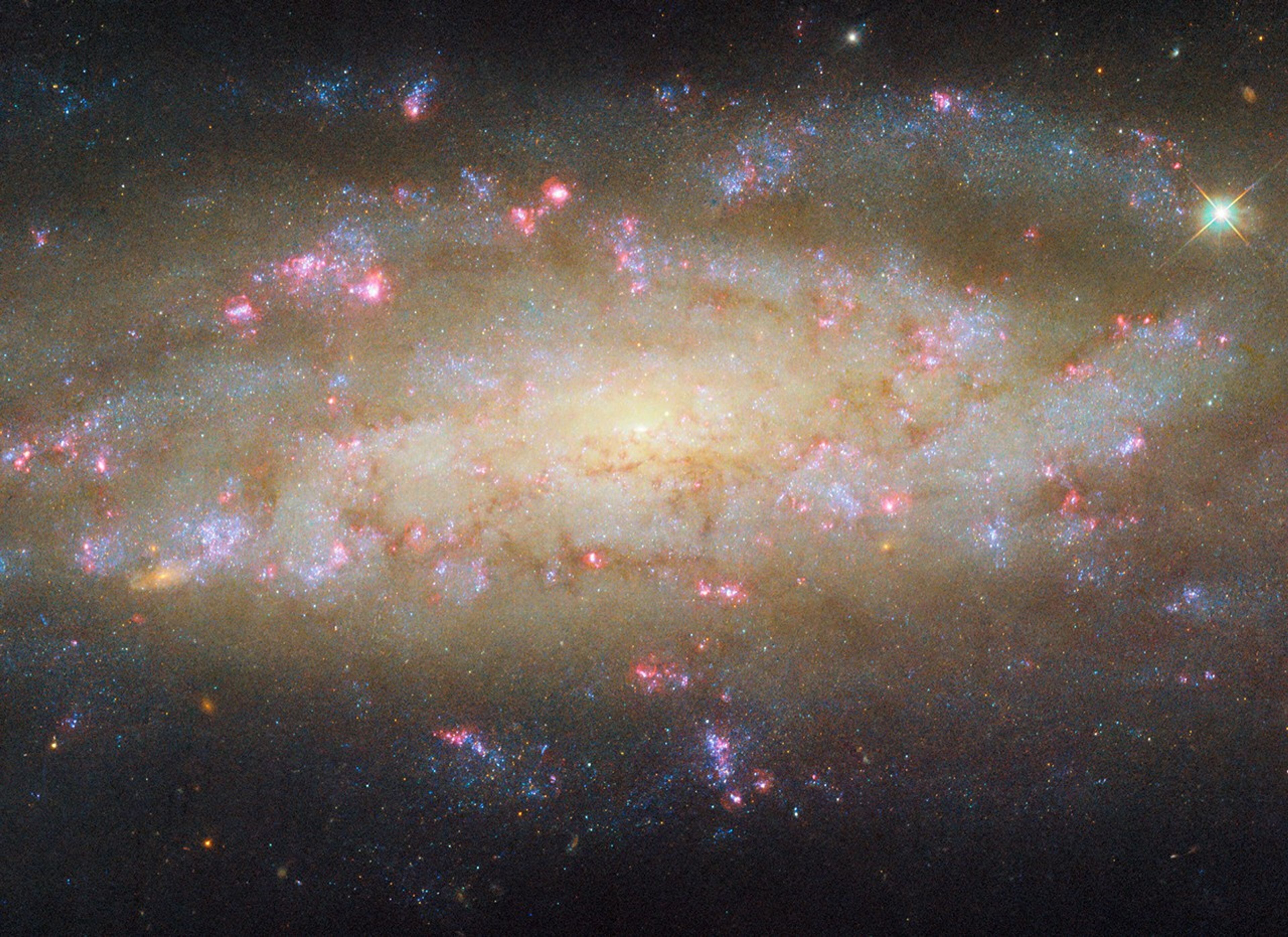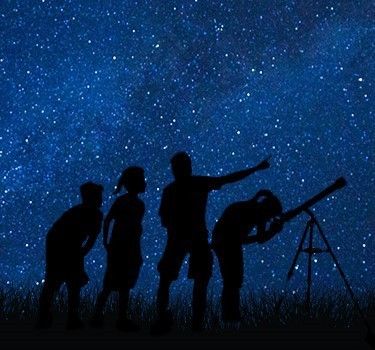Hubble Spies Galaxy with Lots to See
- Hubble Spies Galaxy with Lots to See: The NASA/ESA Hubble Space Telescope has captured a stunning image of galaxy NGC 7456, located over 51 million light-years away in the constellation Grus.
- Galaxy Details Revealed: The Hubble image reveals fine detail in the galaxy’s patchy spiral arms, clumps of dark dust, and blossoms of glowing pink gas where new stars are forming.
- Multi-Telescope Observations: The galaxy has been studied by multiple telescopes, including Hubble and ESA’s XMM-Newton satellite, which have discovered ultraluminous X-ray sources and other interesting phenomena.
- Active Galaxy with Supermassive Black Hole: NGC 7456 is an active galaxy with a supermassive black hole at its center, making it a fascinating target for astronomers studying the universe.
- Impact of Hubble’s Observations: The Hubble Space Telescope has greatly expanded our understanding of the universe, and this latest observation is just one example of the many groundbreaking discoveries made possible by the telescope’s capabilities.
2 min read
Hubble Spies Galaxy with Lots to See
While it may appear as just another spiral galaxy among billions in the universe, this image from the NASA/ESA Hubble Space Telescope reveals a galaxy with plenty to study. The galaxy, NGC 7456, is located over 51 million light-years away in the constellation Grus (the Crane).
This Hubble image reveals fine detail in the galaxy’s patchy spiral arms, followed by clumps of dark, obscuring dust. Blossoms of glowing pink are rich reservoirs of gas where new stars are forming, illuminating the clouds around them and causing the gas to emit this tell-tale red light. The Hubble observing program that collected this data focused on the galaxy’s stellar activity, tracking new stars, clouds of hydrogen, and star clusters to learn how the galaxy evolved through time.
Hubble, with its ability to capture visible, ultraviolet, and some infrared light, is not the only observatory focused on NGC 7456. ESA’s XMM-Newton satellite imaged X-rays from the galaxy on multiple occasions, discovering many so-called ultraluminous X-ray sources. These small, compact objects emit terrifically powerful X-rays, much more than researchers would expect, given their size. Astronomers are still trying to pin down what powers these extreme objects, and NGC 7456 contributes a few more examples.
The region around the galaxy’s supermassive black hole is also spectacularly bright and energetic, making NGC 7456 an active galaxy. Whether looking at its core or its outskirts, at visible light or X-rays, this galaxy has something interesting for astronomers to study!
Media Contact:
Claire Andreoli (claire.andreoli@nasa.gov)
NASA’s Goddard Space Flight Center, Greenbelt, MD





